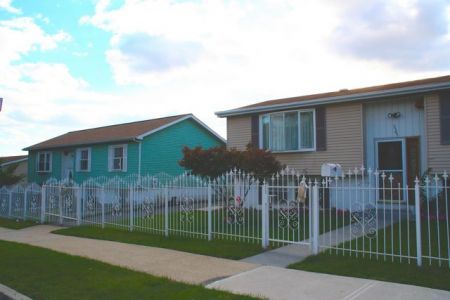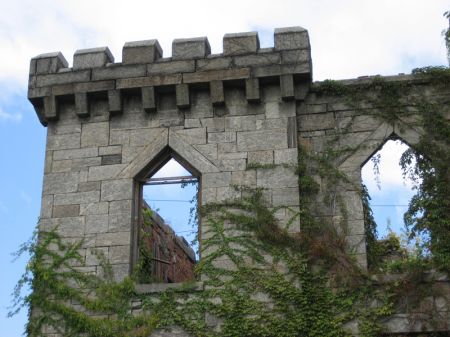In 1976, Charlotte Street epitomized the decay and destruction of the South Bronx. President Jimmy Carter witnessed cement rubble on the devastated street and pronounced the need for grand changes that would transform the lives of poor people in the neighborhood and beyond. Rather than living in large, public housing, families needed homes of their own. Carter, along with other earnest city planners, were trying to vaticinate somehow, to imagine city life that would take on the pleasures that would come with a sense of ownership in a single family home.
More than thirty years later, Susan Agliata and I seek out this architectural anomaly in the heart of the Bronx. Charlotte Street is a street of modest but well-cared-for single and double story homes. Each home is surrounded by a six foot high fence and every window is barred. Unlike the rest of the borough which is bustling and croweded on a lovely fall afternoon, Charlotte feels simultaneously inhabited and desolate.



